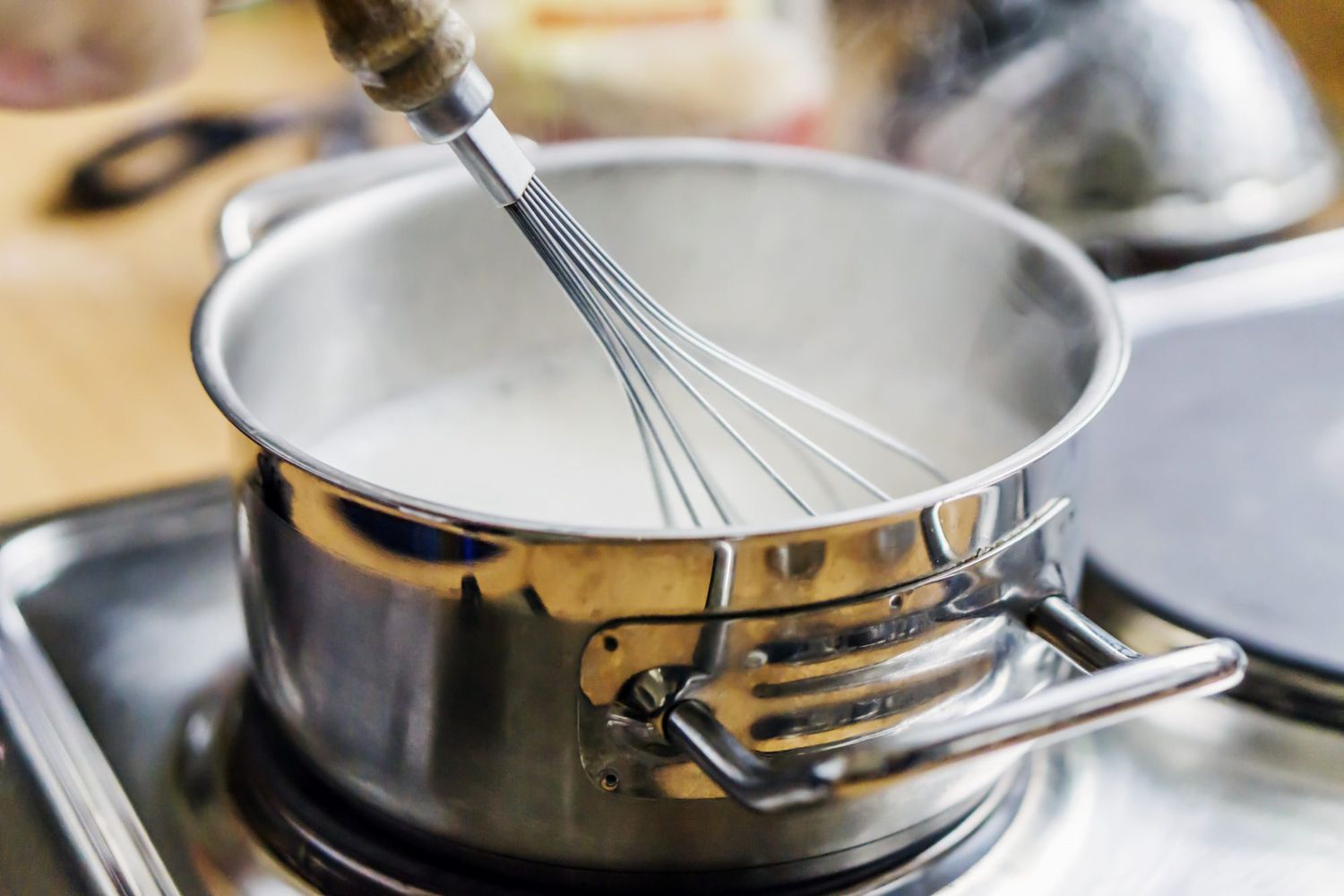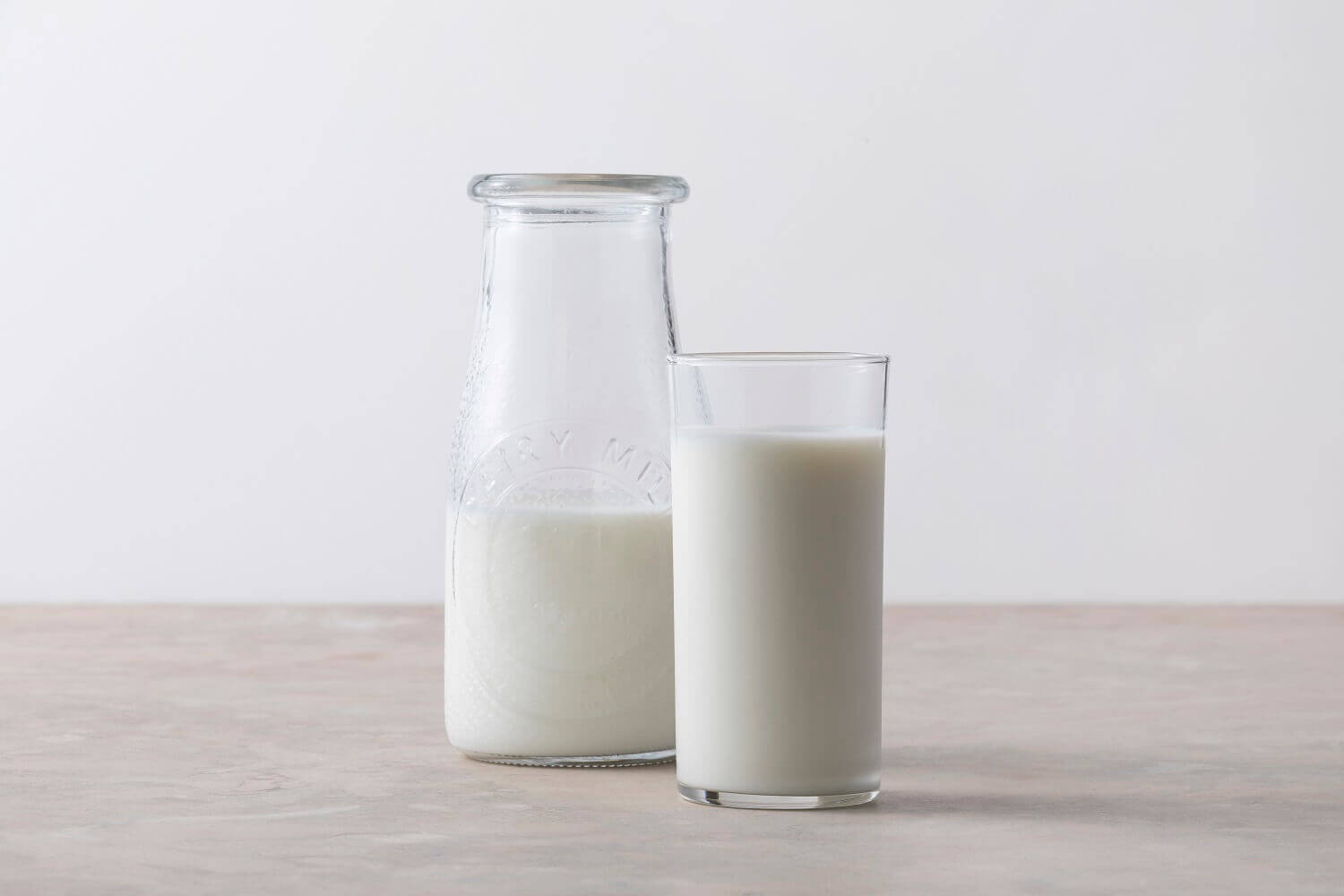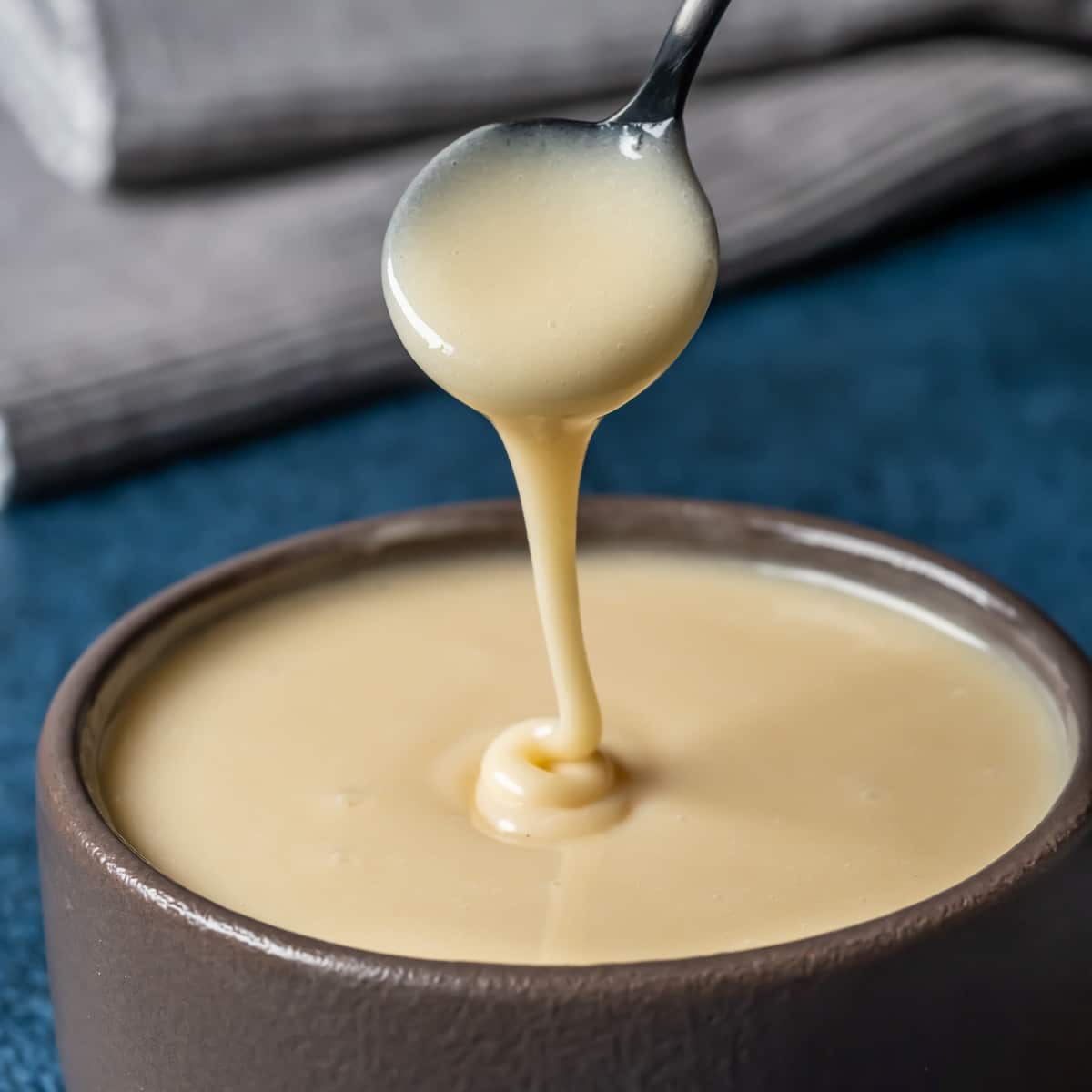At What Temperature Does Milk Boil?
Boiling milk is a common cooking technique used in various recipes and beverages. Understanding the temperature at which milk boils is essential to ensure proper cooking and preparation. In this article, we will explore the factors that affect the boiling point of milk and provide an in-depth answer to the question, "At what temperature does milk boil?"
I. The Science of Boiling Milk:
Boiling is the process in which a liquid reaches its boiling point and undergoes a phase change from a liquid to a gas. The boiling point of any liquid, including milk, depends on various factors such as altitude, composition, and impurities.
II. Factors Affecting the Boiling Point of Milk:
1. Altitude: The boiling point of a liquid decreases as altitude increases. At higher altitudes, where atmospheric pressure is lower, the boiling point of milk decreases. Therefore, milk boils at a lower temperature in mountainous regions compared to sea-level areas.
2. Composition: Milk is composed of water, proteins, fats, lactose, and minerals. These components affect the boiling point of milk. The presence of solids, such as fats and proteins, increases the boiling point, requiring higher temperatures to achieve boiling.

Boiling Milk
3. Impurities: Milk can contain impurities, such as dust particles or other substances. These impurities can act as nucleation sites, causing the milk to boil at a lower temperature. Impure milk may boil at a lower temperature compared to pure milk.
III. The Average Boiling Point of Milk:
On average, milk boils at around 100 degrees Celsius or 212 degrees Fahrenheit at sea level. However, this temperature can vary depending on the factors mentioned above. Altitude, composition, and impurities can cause slight variations in the boiling point of milk.
IV. Boiling Points of Different Types of Milk:
1. Whole Milk: Whole milk typically boils at the average temperature of 100 degrees Celsius or 212 degrees Fahrenheit. However, slight variations can occur due to the factors discussed earlier.

Whole Milk
2. Skim Milk: Skim milk, which has a lower fat content compared to whole milk, may have a slightly lower boiling point. It may boil at a temperature slightly below 100 degrees Celsius.
3. Condensed Milk: Condensed milk is a thick and sweetened form of milk. Due to its high sugar content, condensed milk may boil at a temperature higher than 100 degrees Celsius.

Condensed Milk
V. The Boiling Process and Milk:
1. Boiling Milk Safely: When boiling milk, it is important to pay attention to the process to avoid burning or scorching. Milk has a tendency to stick to the bottom of the pot, so it requires continuous stirring to prevent burning.
2. Indicators of Milk Boiling: As milk approaches its boiling point, it starts to froth and form small bubbles. These bubbles increase in size and frequency as the milk gets closer to boiling. When the milk reaches its boiling point, it rapidly boils with large bubbles and may overflow if not monitored.
VI. Conclusion:
Knowing the temperature at which milk boils is crucial for cooking and preparing various dishes and beverages. While the average boiling point of milk is around 100 degrees Celsius or 212 degrees Fahrenheit, factors such as altitude, composition, and impurities can cause slight variations. By understanding these factors, you can ensure proper cooking and avoid mishaps while boiling milk.